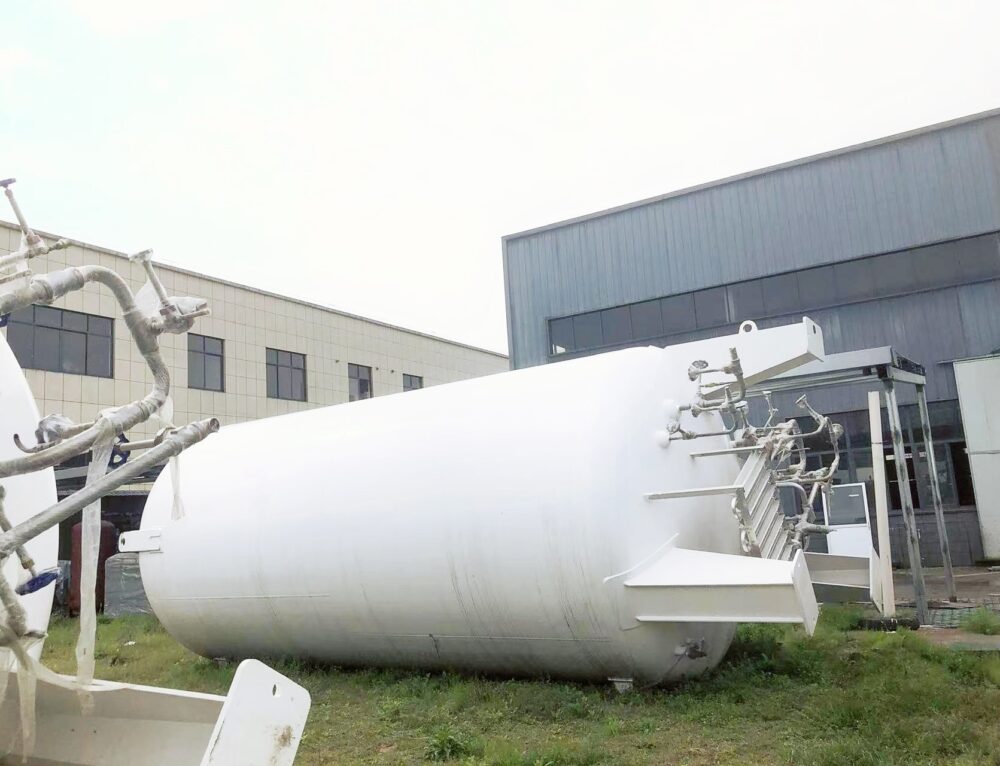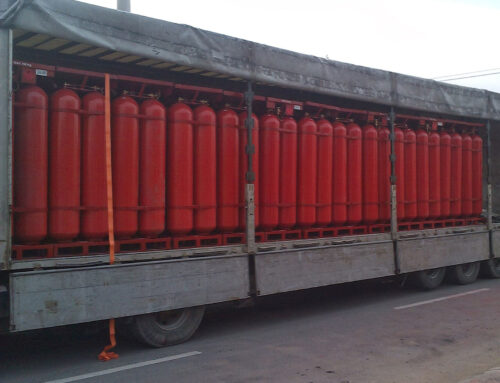Cryogenic Liquid Storage Tank
The cryogenic liquid storage system is used for the production, storage, and transportation of low-temperature liquids. It is widely used in medical, industrial, agricultural, national defense, and scientific research industries. Compared with the traditional steel gas cylinder, it has the advantages of convenient transportation, energy-saving, safety, and reliability.
Amcaremed cryogenic liquid oxygen storage system includes the cryogenic liquid oxygen tank, cryogenic liquid filling cylinder pump, vaporizer, gas pressure regulating device and filling manifold.
The cryogenic liquid oxygen tank is a double-cylinder structure. The inner tube and pipe are made of austenitic stainless steel. The interlayer is filled with pearlescent sand and evacuated. And the specially treated adsorbent is set to extend the vacuum life of the storage tank. The tank is provided with various valves for operation, and the valves are arranged around the bottom of the tank. The cryogenic liquid storage tank is provided with a pressure gauge and a liquid level gauge for observing the pressure liquid level in the tank.
Tanks with operating temperatures lower than – 50°C are often called cryogenic storage tanks, these can contain products like ethane, ethylene, LNG, liquid oxygen, liquid nitrogen, etc.
For tanks operating at temperature lower than -50°C, the generally adopted solution consists in building a tank with two walls between which expanded perlite is poured. The insulation can easily be one meter thick and even more.
In the case of tanks operating at temperatures lower than – 50°C one finds more or less the same concepts but adapted to poured in situ insulation:
the double steel tank – the inside tank in special steel to withstand cryogenic temperatures and an exterior tank in normal carbon steel, with poured in situ perlite between the two tanks.
the same concept with a bund wall around it.
the double containment tank, in which the inside tank is built in cryogenic steel and the exterior tank in concrete with a normal carbon steel or mastic liner on its inside face. In this case the insulation is again perlite poured in situ between the two tanks, sometimes completed by a solid insulation/protection system applied on the liner of the outside concrete tank. This secondary insulation is aimed at protecting the liner and the concrete against the cryogenic thermal shock that it will have to withstand if the inside tank should have a major failure, particularly the so called “brittle failure”.






